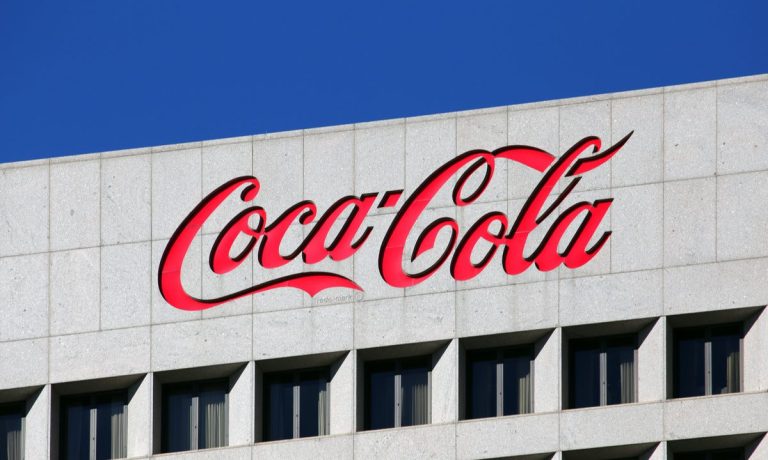
Consumer caution does not seem to be hurting the Coca-Cola Company.
The food and beverage giant released earnings Tuesday (July 23) showing its organic revenues growing 15%, with management still acknowledging some signs of consumer hesitancy.
Speaking to analysts on an earnings call, CEO James Quincey discussed consumer behavior during the quarter.
“Firstly, overall, it’d be fair to say that the consumer sentiment in aggregate is actually pretty strong, pretty resilient,” he said. “Within that, there are some softer spots. Some softness from away from home channels with lower traffic and some, increase in value seeking for combo meals. So definitely, there’s a piece of the lower-income consumers, which are either going out slightly less or when they do go somewhere looking for a greater value through combo meals.”
“Away from home” translates to food and beverages consumed in restaurants, which — as noted here recently — are suffering from a consumer pullback.
Research by PYMNTS Intelligence has monitored a drop in consumer spending when dining out. In March of 2022, baby boomers and seniors were spending $33 on their average restaurant purchase, while Generation Z consumers were spending $43.
But by May of this year, baby boomers and seniors were averaging a slightly higher $35, while Gen Z per-purchase spending at restaurants fell by 21% to $34, according to the PYMNTS Intelligence “Last Transaction Report.”
“In the same period, Generation X average spending per restaurant purchase decreased from $42 to $36, millennial spending dipped slightly from $44 to $42, and bridge millennial spending has fallen from $44 to $40,” PYMNTS wrote recently.
It’s not just restaurants. Quincey noted too that consumers are also focusing more on values and promotions with their supermarket purchases.
“Having said that, there are just as many consumers spending on more premium categories or more premium price points and experiences,” he added.
Meanwhile, the company is continuing its efforts to use artificial intelligence (AI) to push personalized messages to retailers.
“Initial pilots indicate that retailers who receive the messages are over 30% more likely to purchase recommended SKUs, which results in incremental sales for our retailers and the system,” Quincey said. “We’re just scratching the surface of what’s possible, and we’re taking steps to seize opportunities down the road.”